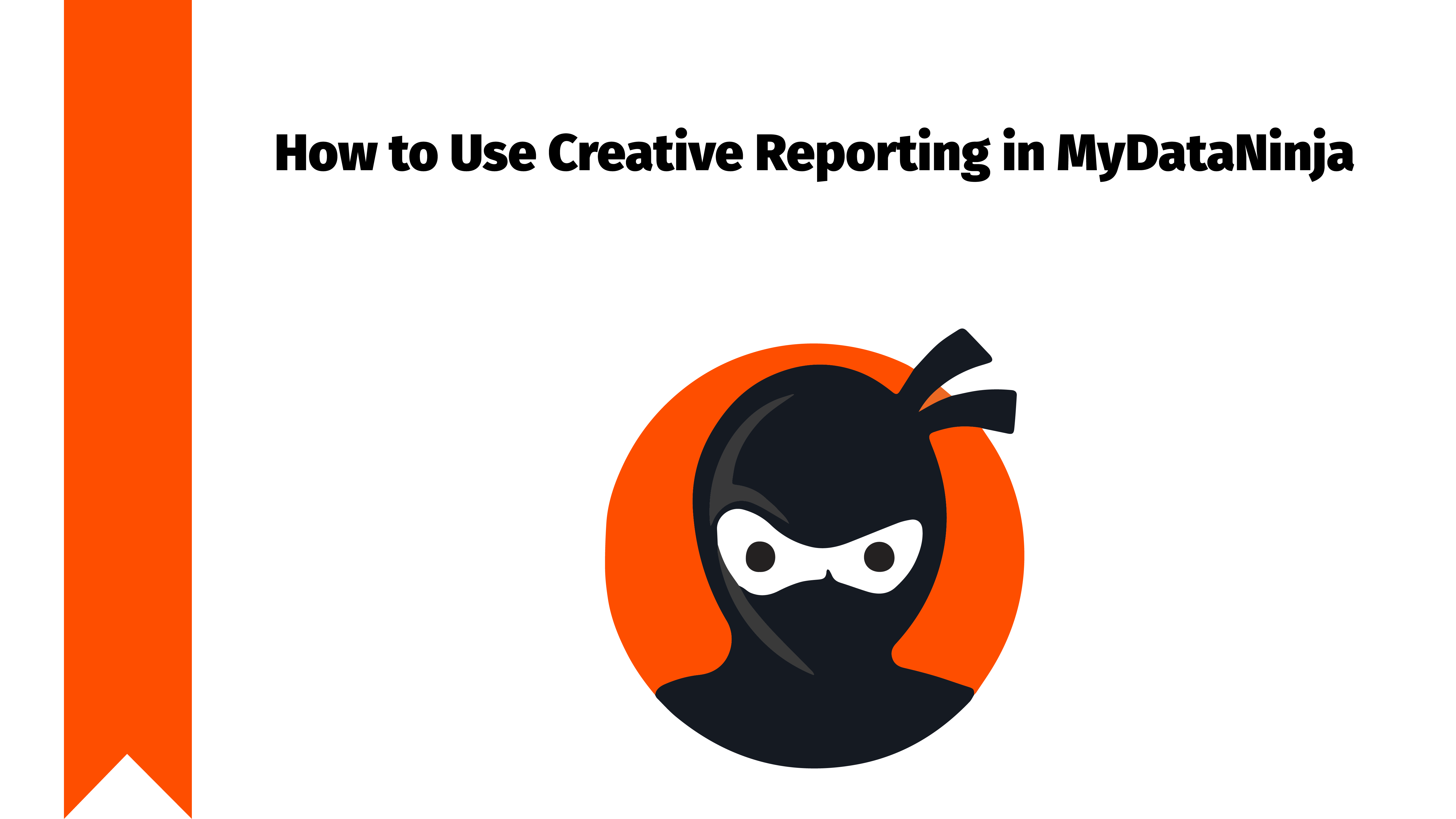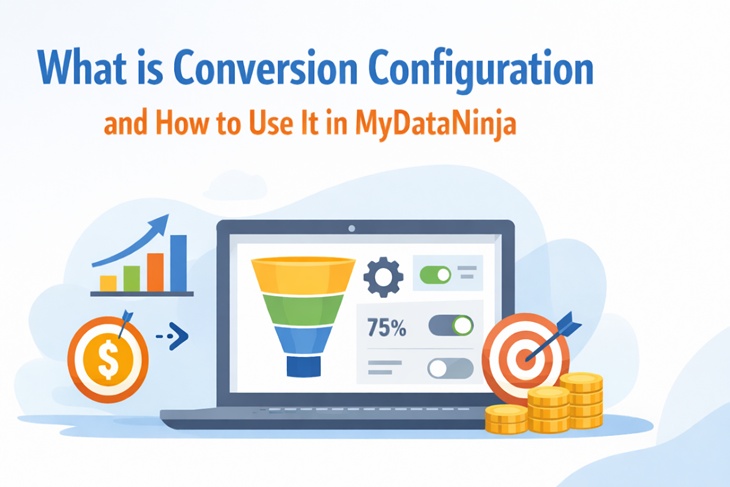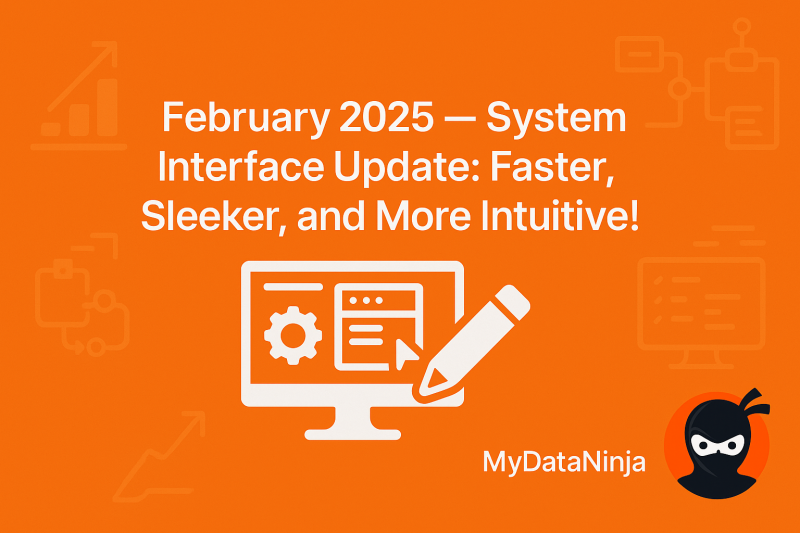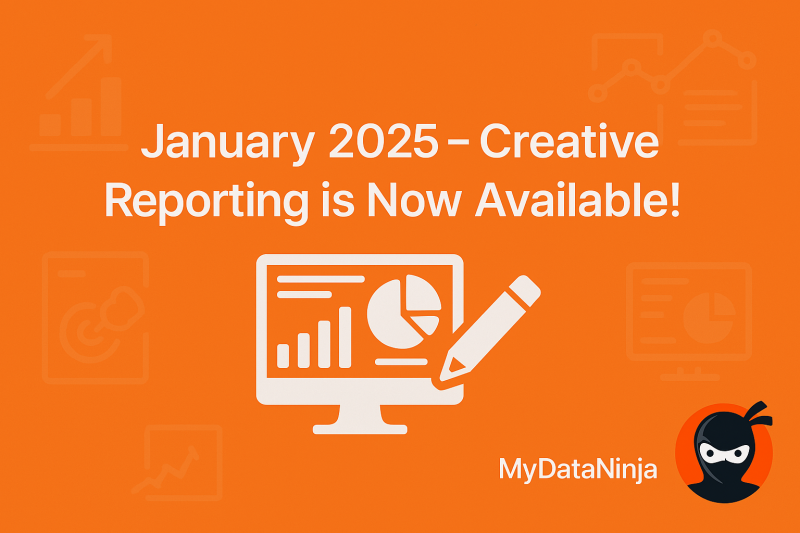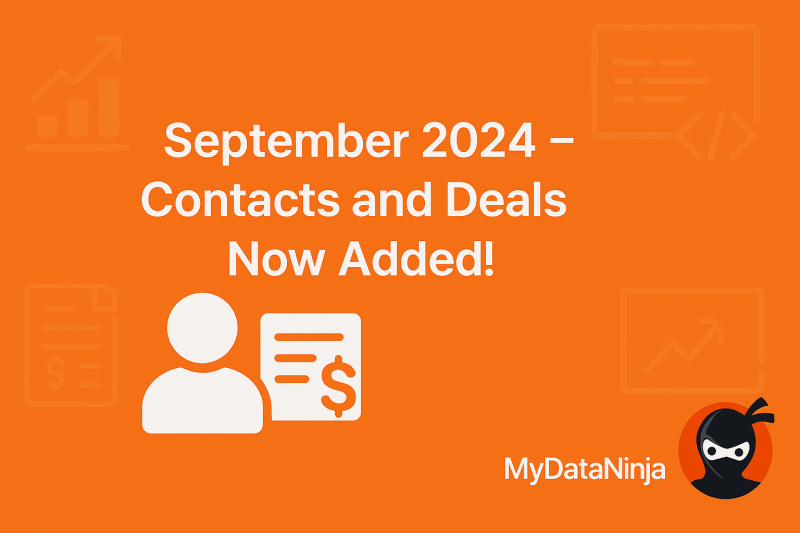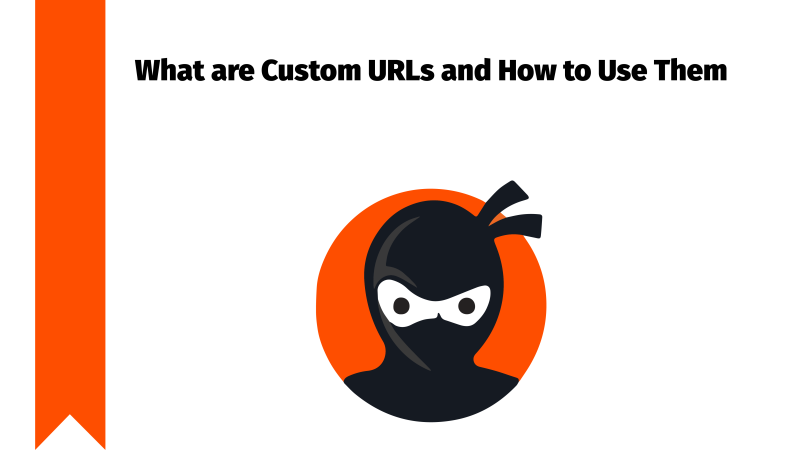
The custom URLs function in MyDataNina turns your website’s URL into a trackable one. If you want to track your website URLs, here’s how to do it.
Before you decide to create custom URLs, you should first add the website to the MyDataNinja platform.!!!!!
If you don’t know how the blog about “How to Add Websites on MyDataNinja” can help you. If you do not add your website before creating custom URLs, you will get a “This URL is not connected to your workspace” notification.
How to Create Custom URLs
First of all, locate custom URLs on the left side menu of the panel. Then click the “add new URL” button.

On the creation page, you should fill out information such as the URL name and URL. You can also connect this URL to your existing ad if you wish.

Keep an eye on the warnings written down below
After filling out the information, click Create. Your newly created URL will appear in the list below.
How is Custom URLs tracked by MyDataNinja
For custom URLs, MyDataNinja uses its own tracking parameter named NJID. NJID is basically a custom URL parameter, that turns your website’s URL into a trackable one. Creating your unique NJID is a very simple process, first, you should add your website to the MyDataNinja tool, and create a custom URL.
Instead of using short URL trackers that only display clicks and impressions, NJIDs tracks not only clicks, but leads, sales, and revenue from both short and regular URLs.
NJIDs are used in non-advertisement platforms just for tracking (such as emails, SMS, forms, etc), and they will bring data that will not be associated with any advertisement, which we call organic data and you can find it on the reporting page.
You can use custom URLs can be used in multiple cases. Such as:
Email Marketing
- Track which links in your newsletters or promotional emails get the most clicks.
- See which CTA buttons perform best.
- Monitor how different email lists respond to your campaign
Affiliate & Influencer Marketing
- Give each affiliate or influencer a unique tracking URL.
- Monitor which influencers bring in the most traffic or conversions.
- Prevent fraud by validating real engagement.
You can use the custom URLs feature anywhere—get creative and track all the data you need.
MyDataNinja Custom URL Features
When you create your custom URL, it will appear in the list below. There, you will also find your tracking URL and shortened URL.
Click the “See detailed reports” button to view detailed reports of your gathered data.
On the far right, you will see the time the custom URL was created and the action button, where you can edit different settings.




